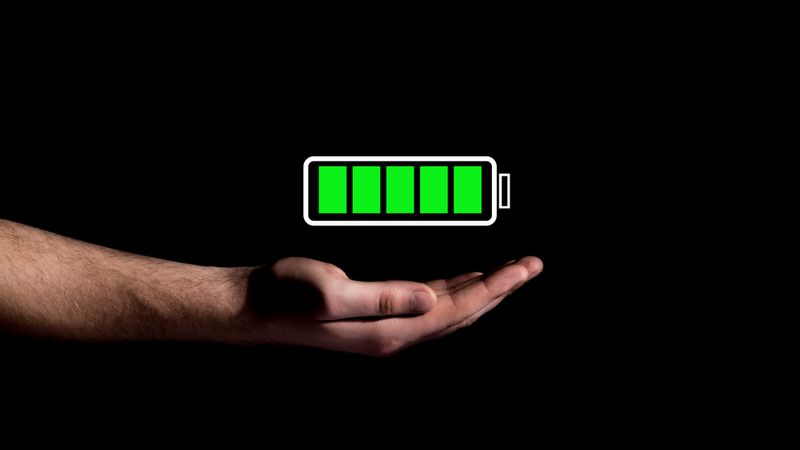

Our Review Process
Our articles undergo extensive medical review by board-certified practitioners to confirm that all factual inferences with respect to medical conditions, symptoms, treatments, and protocols are legitimate, canonical, and adhere to current guidelines and the latest discoveries. Read more.
Our Editorial Team
Shifa Fatima, MSc.
Author
Dr. Apoorva T, MHM.
MEDICAL ADVISOR
Endurance Levels using a CGM
to check their blood glucose levels in real-time due to their strenuous training and diet regimes. Tracking blood-glucose levels help athletes make better carbohydrate intake decisions around training. Additionally, it improves performance without harming their metabolic health.
Table of Contents
Why is CGM so popular among Sportsmen & Athletes?
The CGM is a little device with a flexible sensor inserted beneath the skin to measure blood glucose levels (typically upper arm, uncommonly belly). While sensor lifetimes differ, most can be used for two weeks and detect glucose levels every one to fifteen minutes (depending on the device).
This constant monitoring provides crucial information on glucose trends and fluctuations. The device's app shows blood glucose readings in real-time. Anyone, especially athletes, can effectively use the CGM gadget to improve their glucose levels and modify their food and activity accordingly.
Many athletes use a high carbohydrate diet while in training. Certain athletes, however, may experience high blood sugar levels as a result of this. Furthermore, the intensity or duration of their training activities can affect glucose levels.
Keeping track of glucose levels can help people determine what they should eat before, during, and after exercise. Athletes with intense adrenaline rush during training or racing may experience a significant spike in glucose, called hyperglycemia.
A meal consumed before exercise or the release of glucose due to rapid glycogen breakdown during greater intensity training are two other factors that may lead to a higher glucose surge. Another reason to monitor your blood glucose levels is to balance these body fluctuations.
Can Glucose Monitoring Improve Athletic Endurance?
Many endurance athletes use a high-carbohydrate diet to replenish glycogen stores and increase energy and performance. In some cases, this may positively impact the athletes' lifestyle. Unfortunately, an athlete's carb tolerance can be limited at times, resulting in substantially higher blood sugar levels.
Endurance athletes may train for long periods, sometimes even hours. If they do not fuel appropriately before and during exercise, they may experience low blood sugar. They may also develop hypoglycemia, a condition in which blood glucose levels fall too low, causing bonking or a noticeable loss of energy and performance. During training, athletes can utilise the CGM to monitor for glucose dips or reductions and alter their fueling plan as needed.
CGMs can also aid with glycemic fluctuation. Glycemic variability is a metric that monitors glucose swings that, in most cases, improve with exercise. However, if athletes perform a high-intensity workout with high glucose levels or a long-duration low-intensity training with low glucose levels, their glycemic variability may increase.
Can Glucose Monitoring Improve Athletic Performance?
Glucose monitoring can help athletes perform better for a variety of reasons. For starters, it's a less invasive and time-consuming form of glucose measurement than other options. Athletes used a finger-prick device to assess their blood glucose levels before CGM technology (glucometer). It entails pricking the finger and then measuring the glucose in a drop of blood, allowing for multiple glucose measurements at once.
The nutrients we consume when eating perform a variety of functions, one of which is to supply metabolic fuel for our cells. Fuel comes in numerous forms, but glucose, which is gained through the ingestion of carbs, is the preferred type for all of our cells. Alternative fuels, such as free fatty acids or ketones, can be used by most of our cells, but they are inefficient. Except in rare circumstances, some cells, particularly those in highly metabolically active tissues like the heart, neurons, kidneys, and white blood cells, will only consume glucose.
For some, the conventional works. However, it does not allow for continuous glucose monitoring and is not practical during training, as the athlete must stop to take the reading.
Comparatively, the CGM enables continuous glucose measurement, is less invasive, and allows athletes to assess glucose levels while exercising without stopping. It's no wonder that amateur and professional endurance racers and athletes are increasingly interested in them.
Some CGMs have Bluetooth capabilities, which allow data to be auto-populated. Others must be scanned before the data can be viewed in the app. There will be an app for many of the glucose metres that connect to your smart device. Glucose readings can be kept and logged through the app, allowing you to better manage your overall health and alter your behaviours as needed. This makes it easier for you to share your health information with your doctor and makes your life a little easier. The device can usually keep data for up to eight hours. For this reason, athletes are increasingly using the CGM to monitor their glucose levels.
Bottomline
It's vital to remember that everyone is different and will react to carbohydrates in their particular way. The CGM is a beneficial tool for some athletes, but not for all. It's not a blood sugar management device; instead, it allows the doctor, dietician, and athlete to monitor blood sugar levels, even during a workout. It will enable players to make dietary and training decisions that will help them improve their performance while reducing the metabolic health concerns associated with high or low blood sugar.
Continuous glucose monitors (CGMs) may become useful adjuncts for athletes in this situation. CGMs can provide a bit more clarity into how the body uses different energy sources during sports performance because there are so many variables in athletics. It can also help take some of the guessing out of fueling during exercise ensuring that you don't overfuel and trigger a hormonal cascade that could be counterproductive.

References
- https://www.levelshealth.com/blog/cgm-fueling-peak-athletic-performance
Disclaimer
This website's content is provided only for educational reasons and is not meant to be a replacement for professional medical advice. Due to individual differences, the reader should contact their physician to decide whether the material is applicable to their case.






_1lAR9W.png)
_Z12iaBn.png)
